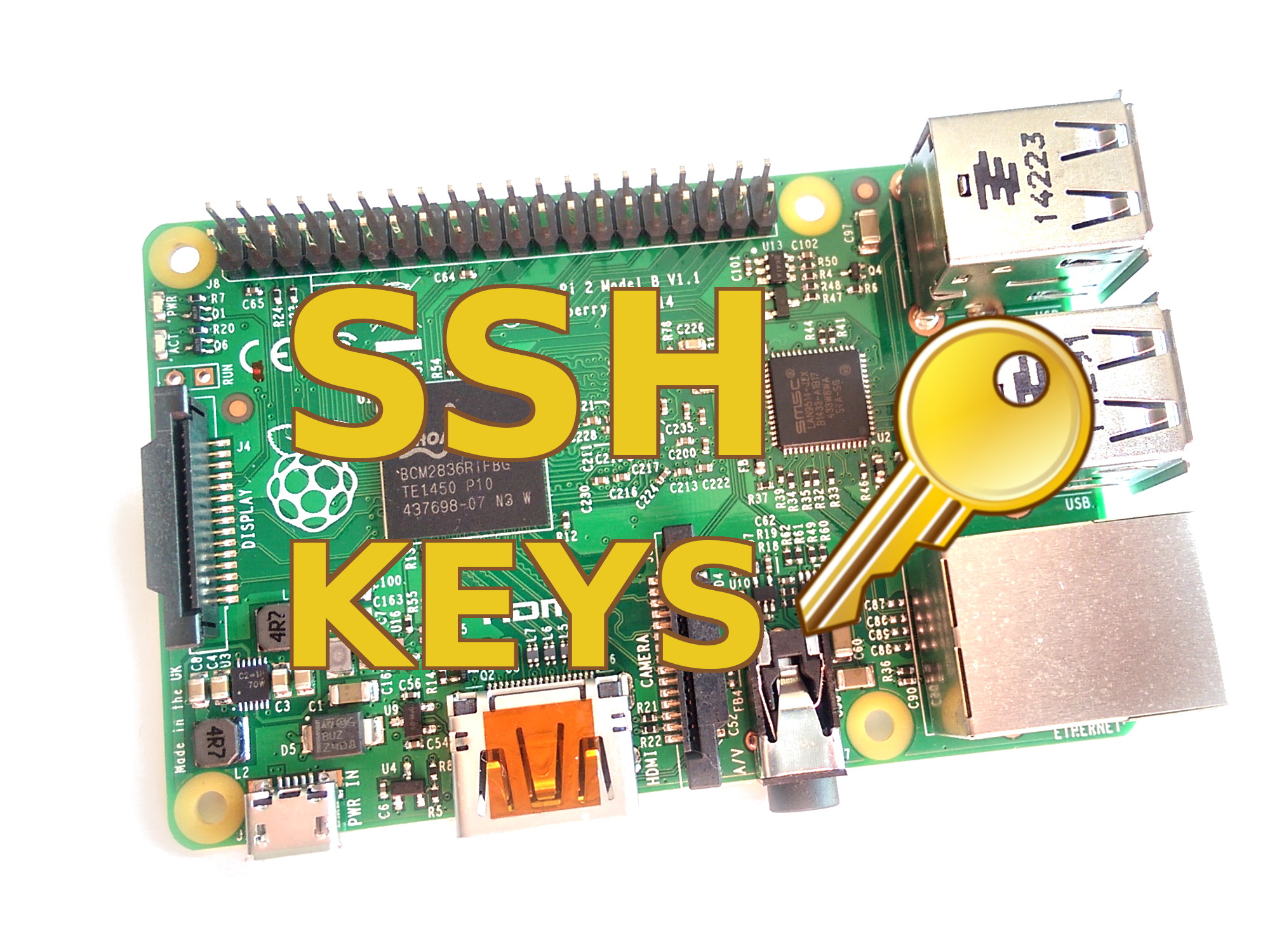Looking for an efficient way to manage your Raspberry Pi remotely using RemoteIoT VPC SSH? You’ve landed at the perfect spot! RemoteIoT is a cutting-edge tool designed to provide users with secure and effortless access to their devices via the internet. Whether you're a tech enthusiast or a professional developer, integrating a Virtual Private Cloud (VPC) with SSH capabilities can elevate your Raspberry Pi projects to new heights. This comprehensive guide will walk you through the setup and usage of RemoteIoT VPC SSH for your Raspberry Pi, all while being completely free of charge.
RemoteIoT offers a secure and dependable platform for managing devices remotely, making it an invaluable resource for Raspberry Pi users who need access to their devices from anywhere globally. With its robust functionalities and user-friendly interface, RemoteIoT has established itself as a top choice for developers and tech lovers alike. This article delves into the advantages of using RemoteIoT VPC SSH, the setup process for your Raspberry Pi, and expert tips to maximize its potential.
Prior to diving into the technical specifics, it’s crucial to understand why RemoteIoT VPC SSH is a transformative tool for Raspberry Pi users. The synergy of a Virtual Private Cloud and Secure Shell (SSH) guarantees encrypted data and seamless remote access. This is especially significant for projects dealing with sensitive data or critical operations. Let’s explore how to harness the full potential of RemoteIoT VPC SSH for your Raspberry Pi ventures.
Read also:Exploring The Life And Career Of Chris Young
Table of Contents
- What is RemoteIoT VPC SSH?
- Why Choose RemoteIoT VPC SSH?
- Setting Up RemoteIoT VPC SSH on Raspberry Pi
- A Step-by-Step Guide to SSH Configuration
- Best Practices for Secure Remote Access
- Troubleshooting Common Issues
- Advanced Features of RemoteIoT VPC SSH
- Exploring Alternatives to RemoteIoT VPC SSH
- Frequently Asked Questions
- Conclusion
What is RemoteIoT VPC SSH?
RemoteIoT VPC SSH is a cloud-based solution designed to deliver secure and reliable remote access to devices like the Raspberry Pi. By utilizing a Virtual Private Cloud (VPC), RemoteIoT ensures that your data remains isolated and safeguarded from unauthorized access. SSH, or Secure Shell, is a protocol enabling users to securely log into remote devices and execute commands. Together, RemoteIoT VPC SSH provides a robust platform for managing your Raspberry Pi projects from anywhere in the world.
One of the standout features of RemoteIoT is its user-friendly nature. Setting up a VPC and configuring SSH access is a breeze, even for beginners. RemoteIoT also offers a free tier, making it accessible for hobbyists and small-scale projects. The combination of security, reliability, and affordability positions RemoteIoT VPC SSH as an exceptional choice for Raspberry Pi enthusiasts.
Key Features of RemoteIoT VPC SSH
- Secure remote access via SSH encryption
- Virtual Private Cloud (VPC) for data isolation
- Free tier for small-scale projects
- Intuitive interface for easy setup
- Compatibility with multiple devices, including Raspberry Pi
Why Choose RemoteIoT VPC SSH?
There are numerous compelling reasons to opt for RemoteIoT VPC SSH when managing your Raspberry Pi. Foremost, it offers a secure method to access your device remotely. The SSH protocol encrypts all data transmitted between your local machine and the Raspberry Pi, ensuring sensitive information remains protected.
Another significant advantage is the flexibility it provides. With RemoteIoT VPC SSH, you can access your Raspberry Pi from any internet-connected device, which is especially beneficial for IoT projects where devices may be placed in remote locations. Additionally, RemoteIoT's free tier makes it an appealing option for hobbyists and small-scale developers who want to experiment with remote device management without financial commitment.
Advantages Over Traditional Remote Access Methods
- Advanced security through SSH encryption
- No requirement for static IP addresses or port forwarding
- Cloud-based infrastructure ensures high availability
- Supports multiple devices and platforms
- Free tier available for beginners
Setting Up RemoteIoT VPC SSH on Raspberry Pi
Configuring RemoteIoT VPC SSH on your Raspberry Pi is a simple process. Below, we will guide you step-by-step to get started. Before proceeding, ensure your Raspberry Pi is connected to the internet and SSH is enabled. If you're unfamiliar with Raspberry Pi, you can enable SSH by running the following command in the terminal:
sudo raspi-config
Read also:Exploring The Heart Of Comedy Jim Gaffigans Family Life And Influence
Once SSH is enabled, follow these steps to set up RemoteIoT VPC SSH:
Step 1: Create a RemoteIoT Account
Head over to the RemoteIoT website and register for a free account. During registration, you'll be prompted to provide basic details such as your email address and password. Once your account is created, log in to access the RemoteIoT dashboard.
Step 2: Add Your Raspberry Pi to RemoteIoT
Within the RemoteIoT dashboard, go to the "Devices" section and click "Add Device." Follow the on-screen instructions to register your Raspberry Pi. You will need to supply the device's unique identifier, which can be retrieved by running the following command on your Raspberry Pi:
cat /proc/cpuinfo
Step 3: Configure SSH Access
Once your Raspberry Pi is registered, configure SSH access by generating an SSH key pair. Use the following command to create the key pair:
ssh-keygen -t rsa -b 4096
Upload the public key to the RemoteIoT dashboard and store the private key securely on your local machine. This key pair will authenticate your SSH connection.
A Step-by-Step Guide to SSH Configuration
Configuring SSH on your Raspberry Pi is a pivotal step in setting up RemoteIoT VPC SSH. Below is a comprehensive guide to assist you through the process:
Step 1: Install OpenSSH Server
Ensure that the OpenSSH server is installed on your Raspberry Pi. Use the following command to install it:
sudo apt-get install openssh-server
Step 2: Modify SSH Configuration
Edit the SSH configuration file to enhance security. Open the file using the following command:
sudo nano /etc/ssh/sshd_config
Make the following adjustments:
- Alter the default SSH port (optional but recommended)
- Disable root login by setting
PermitRootLogin no - Enable public key authentication by setting
PubkeyAuthentication yes
Step 3: Restart SSH Service
After implementing the changes, restart the SSH service to apply them:
sudo systemctl restart ssh
Best Practices for Secure Remote Access
Securing your remote access setup is essential to protect your Raspberry Pi and the data it handles. Below are some recommended practices to follow:
Use Strong Passwords
Always employ strong, unique passwords for your Raspberry Pi and RemoteIoT account. Avoid using default credentials or easily guessable passwords.
Enable Two-Factor Authentication
Two-factor authentication (2FA) adds an additional layer of security by requiring a second form of verification, such as a code sent to your phone, in addition to your password.
Regularly Update Your Software
Keep your Raspberry Pi’s operating system and software updated to guard against vulnerabilities. Execute the following commands regularly:
sudo apt-get update
sudo apt-get upgrade
Troubleshooting Common Issues
While configuring RemoteIoT VPC SSH, you may encounter some typical issues. Below are solutions to assist you in resolving them:
SSH Connection Refused
If you're unable to establish an SSH connection, ensure that:
- SSH is enabled on your Raspberry Pi
- The correct port is being utilized
- Your firewall isn't blocking the connection
Authentication Failed
If authentication fails, verify that:
- The correct SSH key is being used
- The private key is securely stored and not corrupted
Advanced Features of RemoteIoT VPC SSH
RemoteIoT VPC SSH provides several advanced features that can enhance your Raspberry Pi projects. These include:
Automated Backups
RemoteIoT allows you to schedule automated backups of your Raspberry Pi’s data, ensuring your projects are safeguarded against data loss.
Real-Time Monitoring
Monitor your Raspberry Pi’s performance in real-time using RemoteIoT’s dashboard. This feature is especially useful for identifying bottlenecks or issues.
Exploring Alternatives to RemoteIoT VPC SSH
While RemoteIoT VPC SSH is an excellent option, there are other tools available for remote device management. Some popular alternatives include:
- Ngrok: A tool for exposing local servers to the internet
- ZeroTier: A virtual networking platform for secure remote access
- Tailscale: A mesh VPN solution for easy device connectivity
Frequently Asked Questions
Below are answers to some common questions about RemoteIoT VPC SSH:
Is RemoteIoT VPC SSH Free?
Yes, RemoteIoT offers a free tier suitable for small-scale projects. However, advanced features might necessitate a paid subscription.
Can I Use RemoteIoT VPC SSH with Other Devices?
Yes, RemoteIoT supports multiple devices, including Windows, macOS, and Linux systems, in addition to Raspberry Pi.
Conclusion
RemoteIoT VPC SSH is a powerful and secure solution for managing your Raspberry Pi remotely. By following the steps outlined in this guide, you can set up and configure RemoteIoT VPC SSH on your Raspberry Pi effortlessly. Whether you're a hobbyist or a professional, leveraging this tool can significantly enhance your projects, providing peace of mind knowing that your data is secure.
We hope this guide has been beneficial in helping you get started with RemoteIoT VPC SSH. If you have any questions or require further assistance, feel free to leave a comment below. Don’t forget to share this article with others who might find it useful and explore more content on our site for additional tips and tutorials. Happy coding!

